Heinrich Wilhelm Ernst: Complete Music, Volume Three
Heinrich Wilhelm Ernst (1812-65) was one of the leading musicians of his day, a friend of Berlioz, Chopin, Liszt and Mendelssohn, and for Joseph Joachim 'the greatest violinist I ever heard'. But the popular encore pieces by which Ernst is remembered today represent only a fraction of his output. This third CD — in a series of seven presenting all his compositions for the first time — shows the full range of his creativity and charm. The Élégie sur la mort d'un objet chéri is written in his most moving and melancholy vein, and the Airs hongrois variés push the virtuoso violin to its absolute limits. Between these extremes lie the lyricism of the Pensées fugitives, the inventiveness of his treatment of two Halévy operas and the high spirits of his fantasy on a Strauss waltz.
Sherban Lupu, violin
Ian Hobson, piano
Listen To This Recording:
-
Introduction et Variations Brillantes en form de Fantaisie pour le violon sur le Quatuor favori de Ludovic de F. Halévy, Op. 6 (1833)
- Introduction: Moderato
- Thema: Moderato
- Var. 1: Risoluto
- Var. 2
- Var. 3
- Var. 4
- Molto Adagio
- Allegretto moderato
- Finale: Lostesso Tempo
- Introduction by Louis Spohr
- Èlégie
- Introduzione: Moderato maestoso
- Tema
- Var. 1: Meno Vivo
- Var. 2
- Var. 3: Brillante ma moderato
- Var. 4: Andantino pastorale
- Finale
- No. 7 Rêverie: Quasi Allegretto
- No. 8 Un Caprice: Allegro assai
- No. 9 Inquiétude: Adagio
- No. 10 Prière pendant l’orage: Allegro non troppo
- No. 11 Intermezzo: Allegro poco agitato
- No. 12 Thème original de H. W. Ernst: Allegretto
- Variation: Moderato
- Presto capriccioso: Presto
- Adagio
- Allegro
- Introduction: Molto moderato
- Thema I
- Variazione: Molto moderato
- Più mosso
- Thema II: Andante con molt’ espressione
- Molto più mosso, quasi del doppia
- Cadenza (Arthur Hartmann)
- Thema III: Allegretto moderato, con molto spirito
Élégie sur la mort d’un objet chéri, Op. 10 (1830s)
Introduction, Variations et Final, Dialogués & Concertans sur une Valse favorite pour Piano et Violon par Charles Schunke et H. W. Ernst, Schunke’s Op. 26 (1834)
Pensées fugitives, par Heller et Ernst, Part II: Nos. 7–12 (c. 1839)
Souvenirs de l’Opéra La Juive de F. Halevy pour Piano et Violon Concertants Composés par Osborne et Ernst (1830s)
Airs hongrois variés, Op. 22 (1845–46)
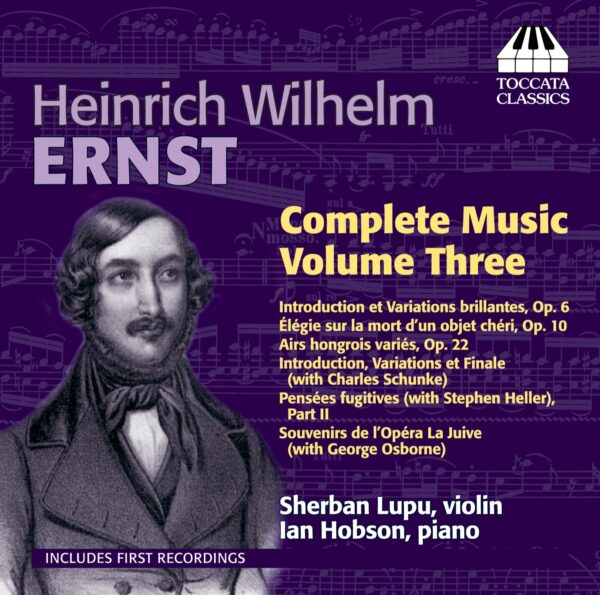
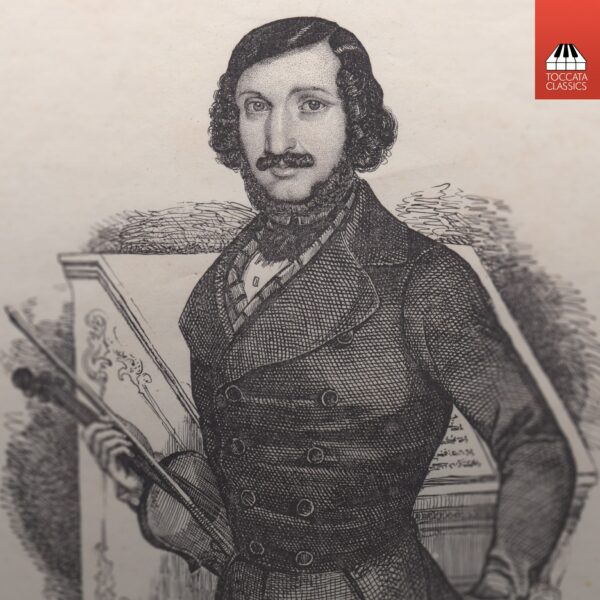
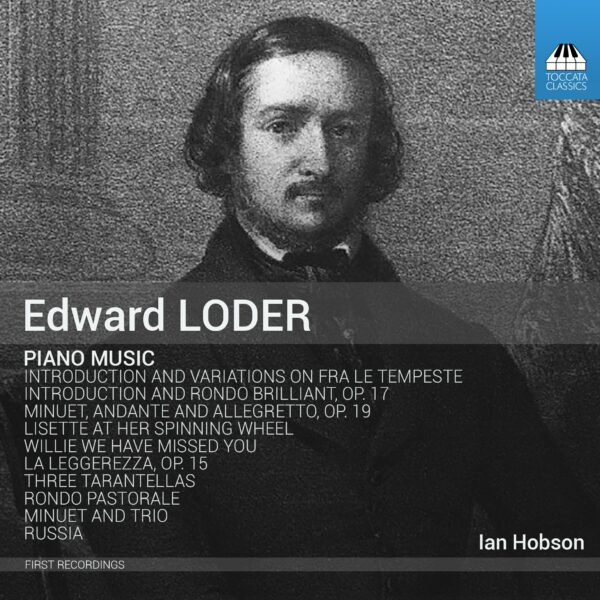
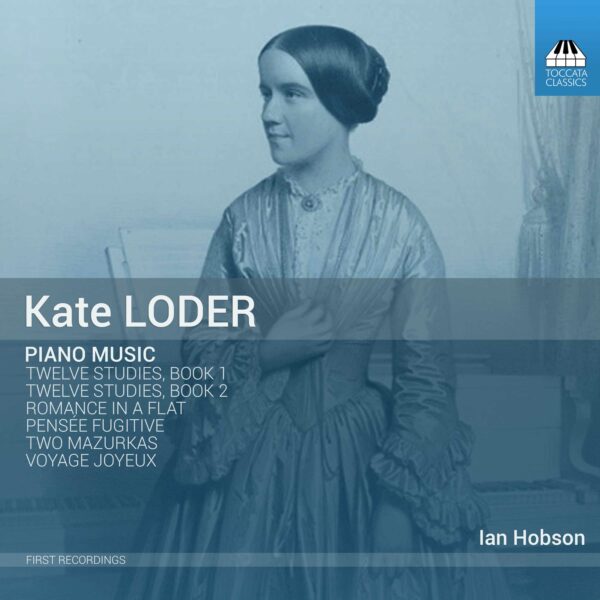
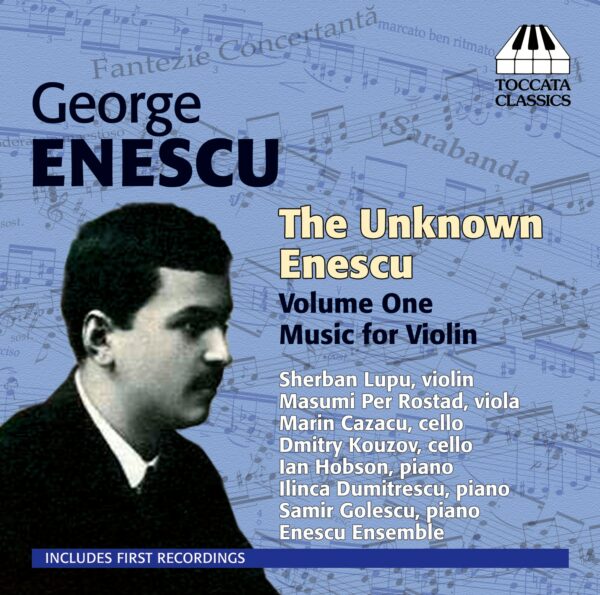
American Record Guide :
‘After a fascinating career that included sharing rooms with Ole Bull and kudos from Robert Schumann, Ernst eventually became Paganini’s successor as the favored violin showman of the day. Lupu plays this difficult music with the flair of a gypsy and the discipline of a soldier… Ian Hobson plays the simple Schubertian arpeggios beautifully and offers a wonderful contrast to, and support for, the cascades of arpeggios, leaps, and bowing gymnastics that Lupu plays so brilliantly.’
—Elaine Fine, American Record Guide
Fanfare Magazine :
‘Want List for Robert Maxham [2013]:
And, speak of electrifying (maybe that should be ELECTRIFYING), every minute of the 80:55 of Toccata’s third volume devoted to the music of Heinrich Wilhelm Ernst could light a city for a year (so could the first two volumes: they’re better than solar panels). It’s not just a matter of the music and not just a matter of the performances and not just a matter of the recorded sound—it’s all of them.’
—Robert Maxham, Fanfare Magazine
MusicWeb International :
‘As before, the intrepid and stylistically assured practitioners of the Moravian composer’s art are Sherban Lupu and Ian Hobson. […]
Air hongrois variés is dedicated to Liszt and was one of Wieniawski’s favourite concert dazzlers. Kreisler loved it, and Elgar heard Wilhelmj play it and resolved to go to London there and then to become a concert violinist. Clearly, it’s a piece that gets people going. Lupu plays it with great style and dash. His approach to the ‘affect’ of the piece is substantial, and so too his excellent playing of harmonics, and the cadenza inserted by American violinist and composer Arthur Hartmann, which is recorded here for the first time.
It ends another splendid and finely recorded Ernst disc from Lupu and Hobson.’
—Jonathan Woolf, MusicWeb International
Fanfare Magazine :
[the Introduction, Variations et Final, Dialogués, & Concertans sur une Valse favorite pour Piano et Violin par Charles Schunke et H. W. Ernst,] embellished in four variations a waltz by Johann Strauss, Sr., creating from it a highly entertaining, rhythmically vibrant pastiche that relies for its effect more heavily on pianistic than on violinistic brilliance. Hobson meets the challenge, as does Lupu—handily in both cases. […]
For those who haven’t yet discovered the riches of Toccata’s series, this third volume might be as good a place as any to begin—but surely not to end. There’s a diamond in every sock drawer—almost, in fact, in every sock. The volumes of this series ought to pass directly through the Want List into the Hall of Fame, but it may be good for readers to learn of them more expeditiously among the pages of ordinary reviews. But the usual precautions ought to apply: Not recommended for those with heart problems, and so forth. They’re that exciting.’
—Robert Maxham, Fanfare Magazine July/August 2013